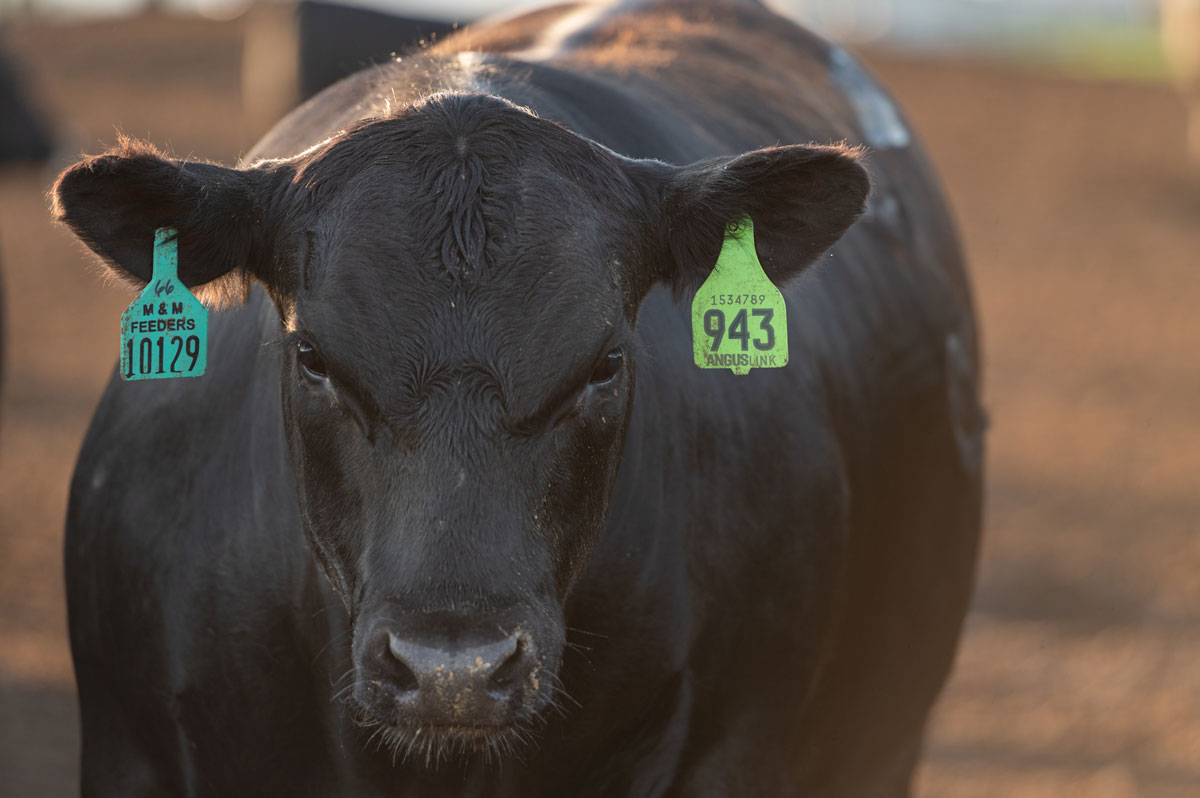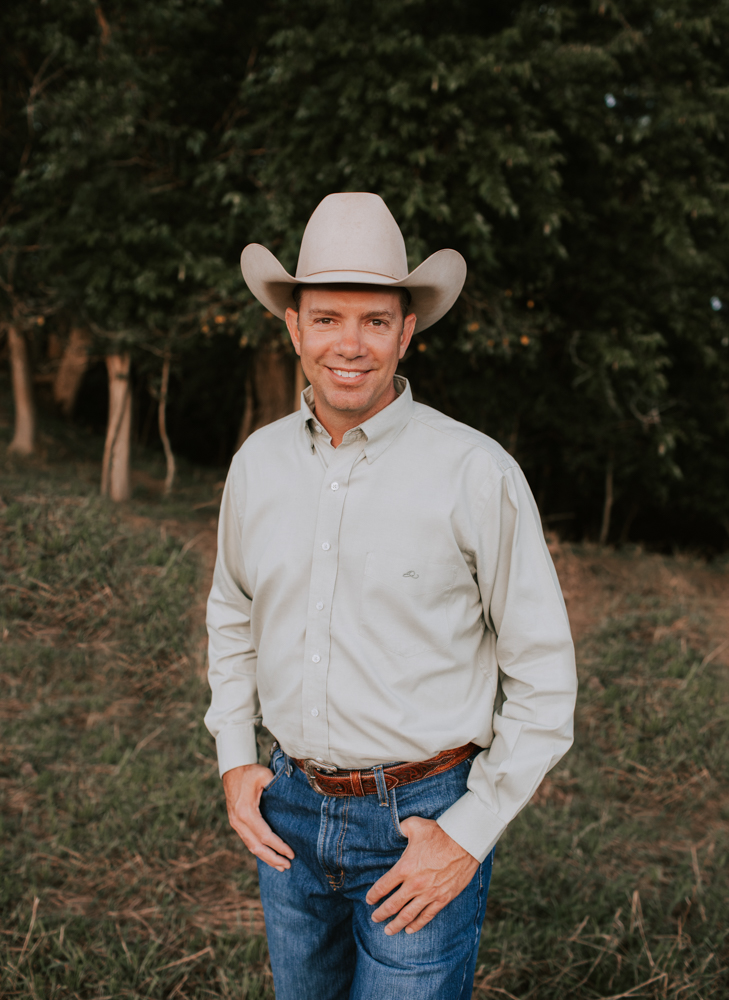
Where premiums are earned
Understanding beef carcass value
by Kylee Kohls
March 29, 2021
A Choice carcass is worth more than Select, but if cattlemen are looking to add value across the entire carcass, only one brand does that.
Cattlemen joining a March webinar hosted by the Certified Angus Beef ® (CAB®) brand learned about that and more while discovering the sources of premiums they earn for their best cattle.
For decades, those who aim to raise high-quality cattle have kept an eye on the Choice/Select spread. The CAB/Choice spread? That’s next level.
“The purpose of the brand is to add value to Angus cattle,” said Paul Dykstra CAB assistant director of supply management and analysis. “The $17.57-per-hundredweight (cwt.) premium over Choice is absolutely at the heart and soul of our very purpose and our mission statement.”
Diana Clark, CAB meat scientist, co-hosted the webinar where the duo walked through market benchmarks, brand specifications and the value it adds across the entire carcass.
Last year, it all added up to a CAB wholesale premium value of $154.61 per head above Choice and more than $246 above Select.

The 2020 beef supply
Dykstra said 15.5 million Angus-type and eligible cattle were evaluated at licensed packing facilities in 2020, with 35.9% certified to carry the brand’s logo.
“That’s been the success story of the industry,” he said. “In the last 20 years or so, the amount of improvement in cattle accepted into the Certified Angus Beef brand, and really the carcass merit that has driven that trend in those eligible cattle.”
With more than 35 licensed partners in North America, CAB penetrates more than 85% of the fed-cattle packing base, Dykstra said. Overall, 58% of fed cattle and 69% of beef type cattle were eligible based on hide color in 2020.
Beneath a black hide

“The goal behind these specifications is to provide high-quality beef in a consistent manner for all our customers,” Clark said.
Standing beside a hanging side of beef with the primal cuts outlined in tape, Clark provided in-depth explanations on why each specification matters and how it’s measured for the most consistent quality.
She engaged virtual guests from the CAB Culinary Center and added colorful examples such as the calpain enzyme acting like Pac-Man on the quest to break down toughness dots so beef gains tenderness while aging.
Weight matters
Looking at the CAB/Choice spread, Dykstra noted the simple formula: Weight x Value Spread = $154.61 per head above Choice on the 2020 average carcass weight of 880 pounds (lb.).
The wholesale value advantage incentivizes packers to pay what have been generally increasing premiums for carcasses that meet the brand’s specifications. Last year, cattle feeders got roughly $45 per head on average for a CAB qualifier over the cash price for the week.
Breaking that CAB/Choice spread down by primal cut, he explained how CAB provides a 7.4% premium over Choice.
“When it comes to value distribution, weight matters,” he said. “But where are we driving the most value?” Details provided answers.
The loin is only third-heaviest primal cut at 21.3% or 187 lb. in 2020 average weight, but it brings the most value to the carcass, offering a $65.99/head CAB brand premium over Choice.
The round carries 22.3% of the weight and adds a $14.95/head CAB premium while the rib contributes a $29.81/head premium from 11.4% of the carcass weight.

Adding value across the carcass, CAB provides premiums to the chuck and plate primals, compared to the Choice grade, which adds nothing.
The chuck carries the most weight in the carcass at 29.6% (260 lb.), offering a $30.73/head CAB premium over Choice or Select, he said. Coming in at only 7.1% of the carcass weight (62 lb.), the plate earns $7.31 of the $154.61 total CAB premium.
Rounding out the carcass, Dykstra noted the flank, lightest primal at 30 lb. or 3.4% of the carcass, still adds $1.43/cwt. to the total average CAB premium carcass value.
As quality continues to trend up and more cattle qualify for the brand, the CAB/Choice spread may gain ground on the old Choice/Select metric as an industry standard. Along the way, the brand will keep working with all partners from pasture to plate, adding value to every cut and premiums for Angus cattlemen.
To watch more of any of the recent webinars hosted by the CAB Cattleman Connection team, visit cabcattle.com/webinars.
You may also like
$100,000 Up for Grabs with 2024 Colvin Scholarships
Certified Angus Beef is offering $100,000 in scholarships for agricultural college students through the 2024 Colvin Scholarship Fund. Aspiring students passionate about agriculture and innovation, who live in the U.S. or Canada, are encouraged to apply before the April 30 deadline. With the Colvin Scholarship Fund honoring Louis M. “Mick” Colvin’s legacy, Certified Angus Beef continues its commitment to cultivating future leaders in the beef industry.
Raised with Respect™ Cattle Care Campaign Launched This Fall
Raised with Respect™ was developed as part of a strategic cattle care partnership between Sysco and CAB. The collaboration focuses on supporting farmers and ranchers, equipping them with continuing education to stay current on best management practices and helping to increase consumer confidence in beef production.
Drought Impact and Cattle Industry Dynamics
As drought conditions persist across much of cattle country, farmers and ranchers are at a pivotal juncture in the cattle industry’s landscape. What impact does this prolonged dry spell have on the nation’s herd numbers? When will heifer retention begin? How will industry dynamics influence the spring bull sale season?



